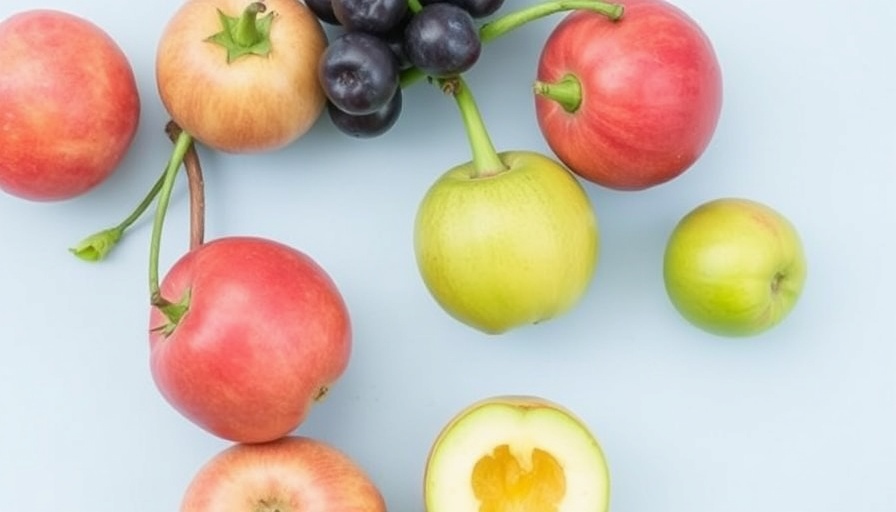
Understanding Sugar Alternatives: What Are They?
In our modern diet, managing sugar intake is pivotal for our health. With an increasing number of health-conscious consumers, sugar alternatives have flooded the market. These substitutes come in various forms - from natural sweeteners like honey and maple syrup to artificial ones like aspartame and sucralose. The core of the issue lies in understanding their origins, how they interact with our bodies, and what they truly offer compared to traditional sugar.
Why Reducing Added Sugar is Crucial
Overconsumption of added sugars has been linked to numerous health issues, including obesity and diabetes. The U.S. Dietary Guidelines suggest keeping added sugars to less than 50 grams per day. Awareness of this message is particularly important for parents and seniors, who often seek healthier lifestyle choices. A diet rich in natural sugars found in whole foods like fruits and vegetables provides energy and vital nutrients without the downsides of heavily processed sugars.
Exploring Different Sugar Alternatives
Choosing the right sugar alternative can be daunting, especially with hundreds of options available. Each sweetener has its unique flavor profile and use case. For instance, stevia is a natural sweetener that is low in calories, while agave nectar is sweeter than sugar and has a lower glycemic index. Parents looking to encourage healthier eating habits in their children might find a natural sweetener like honey preferable since it’s often perceived as healthier and provides some antioxidant properties. However, it's essential to note that no sugar substitute tastes exactly the same as sugar, and the best option varies by personal preference and dietary needs.
Practical Tips for Making the Right Choice
When looking for the right sugar alternative, consider your specific dietary goals. For example, if a low-calorie option is essential for weight management, then natural alternatives like stevia or monk fruit may be ideal. Conversely, for those concerned about taste, exploring coconut sugar may provide a more favorable flavor while still being less harmful than refined sugar. Always check labels carefully to avoid substances that may trigger allergies or other health issues. Families with children should particularly pay attention to this, ensuring that any sweeteners don’t carry unnecessary health risks.
Actionable Insights for Healthier Living
Ultimately, understanding sugar alternatives allows you to make informed decisions about your diet. Begin by gradually substituting your usual sweeteners with healthier options, revisiting your choices periodically to find what works best for your taste buds and health goals. By making these adjustments, you can enjoy flavorful foods while steering clear of excessive sugar intake!
 Add Row
Add Row  Add
Add 




Write A Comment